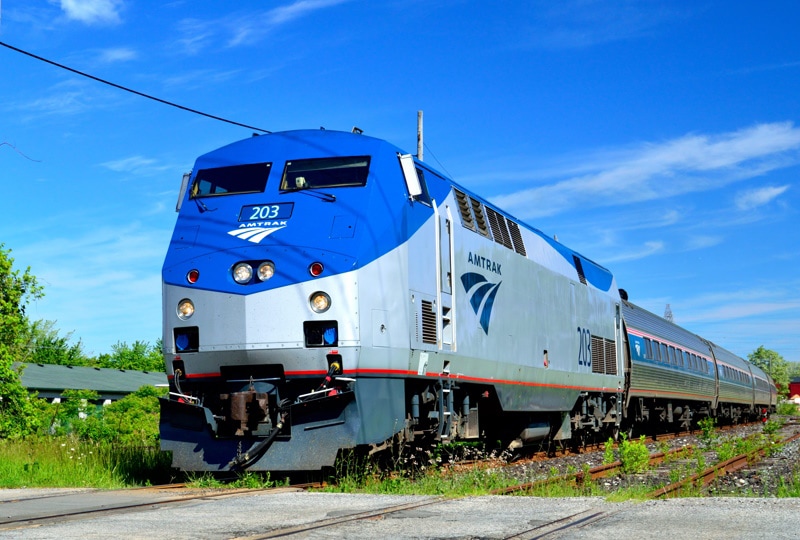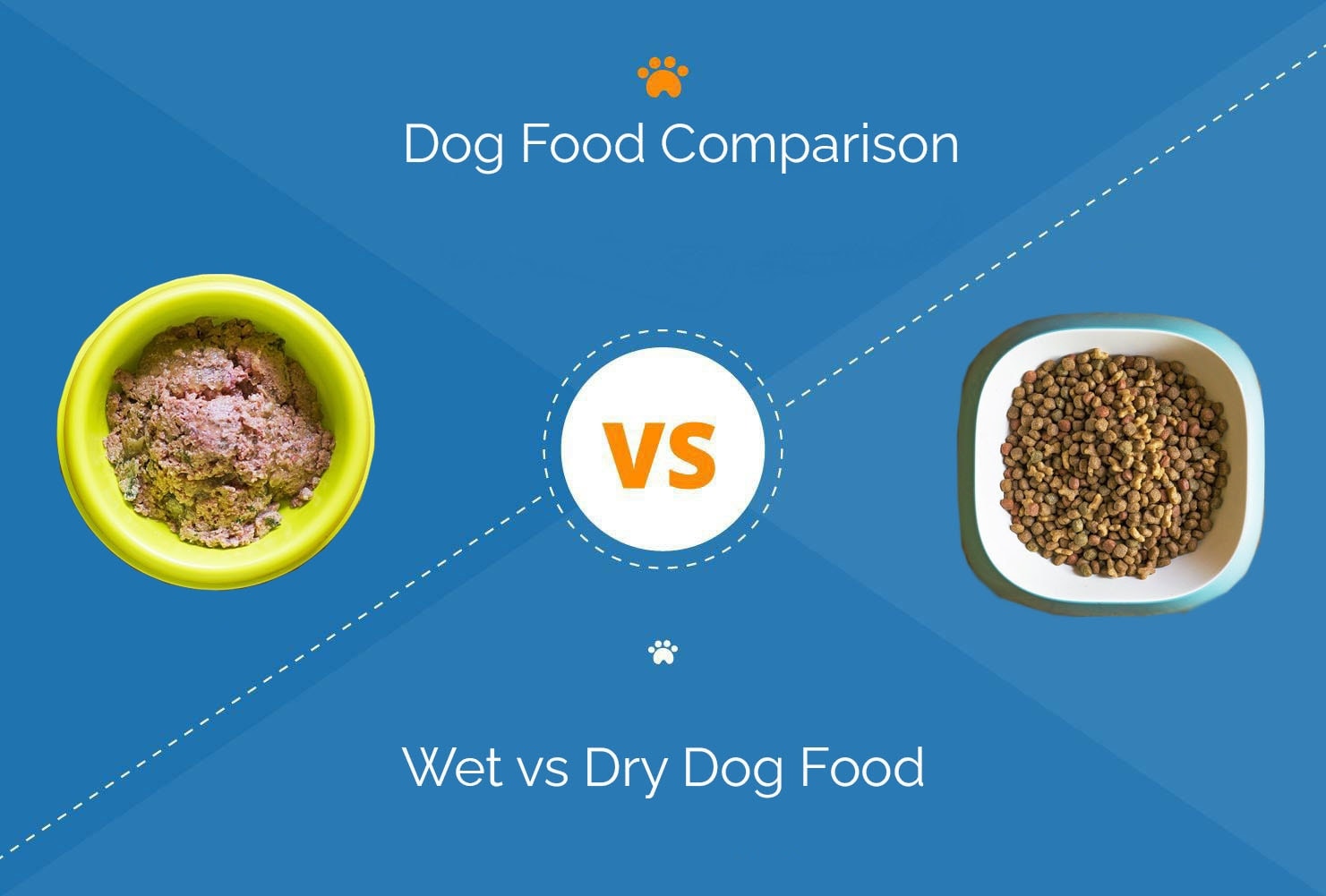How Many Pups Does a Wolf Have in One Litter? Facts & Growth Stages

Updated on
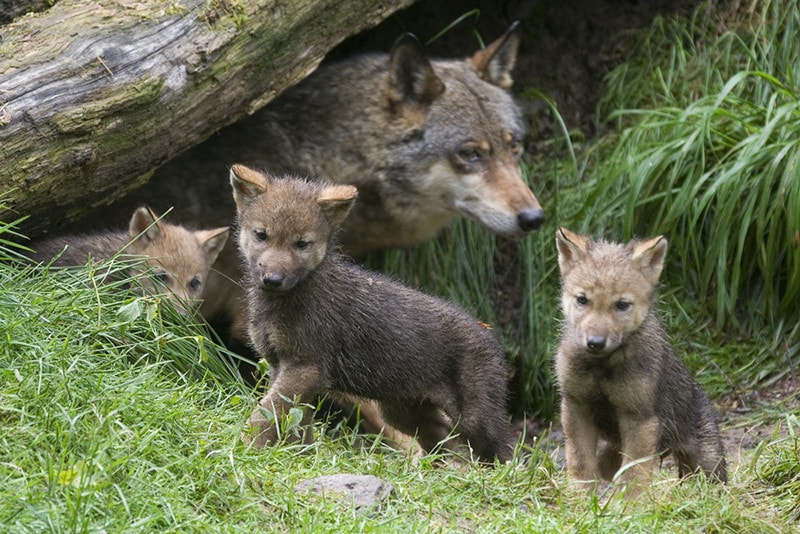
Wolves have a life expectancy of about 12 years and will have between 28 and 84 puppies during this period. They are fascinating creatures, blurring the lines between wild and domestic animals. Although closely related to the household dog, wolves don’t make good pets because of their aggression and predisposition to escape captivity.
That said, wolves are very prolific but only breed once a year to perpetuate their species.1 The average wolf will have between 4 to 6 puppies in each yearly litter. Dogs, on the other hand, have between 5 to 6 pups. Keep reading to learn about wolves and their litter.
How Do Wolves Mate & Reproduce?
Wolves attain breeding maturity when they’re one or two years old. This is also when they abandon their pack to form or join a new one. Every year the female wolf will enter its estrus phase. Estrus describes the period between March and November when the female is fertile and in heat.
Only the breeding pair, the Luna female and the Alpha male, will breed. The male will mount the female to reproduce. After a 63-day gestation period, the female will give birth to a litter of four to six pups. Although rare, wolves can give birth to up to 15 pups at a go.
The pups are deaf and blind when born and don’t leave their mother’s side. Most newly-born puppies will be full-grown before the next mating season and leave the pack. That’s why wolf packs almost always have six or fewer wolves.
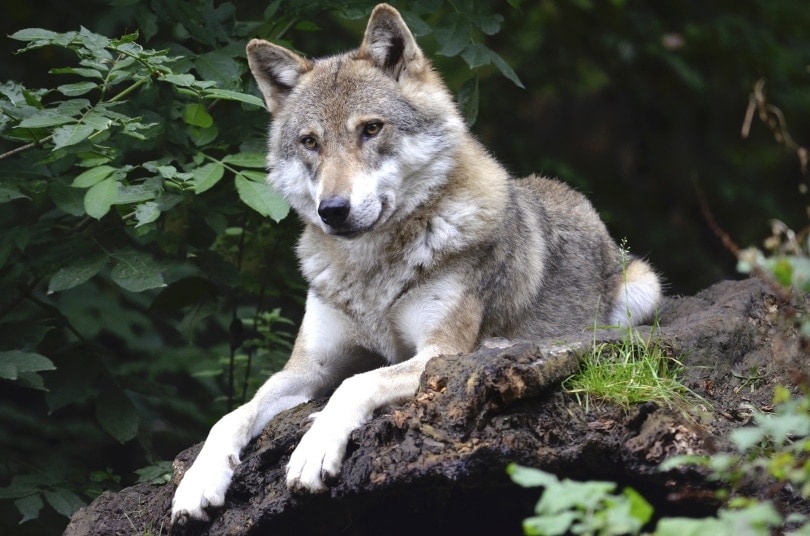
What Is the Survival Rate of a Wolf Litter?
Newly-born wolf pups will feed on their mother’s milk for about five to nine weeks before they can eat meat. The mother will nourish the pups with milk from its breast during this period. The milk contains high levels of arginine, calcium, and phosphorus, which are essential for the growth of the puppies.
Unfortunately, about 60% of the wolf litter will die within their first year of birth, leaving 30% to pass on their parents’ genes. Fast-growing pups may die from starvation, while others die from disease or from being preyed on by predators like grizzlies and eagles. Some are hunted and killed by humans for their thick fur coats. Environmental actors like temperatures, food availability, and weather also affect the litter’s survival rate.
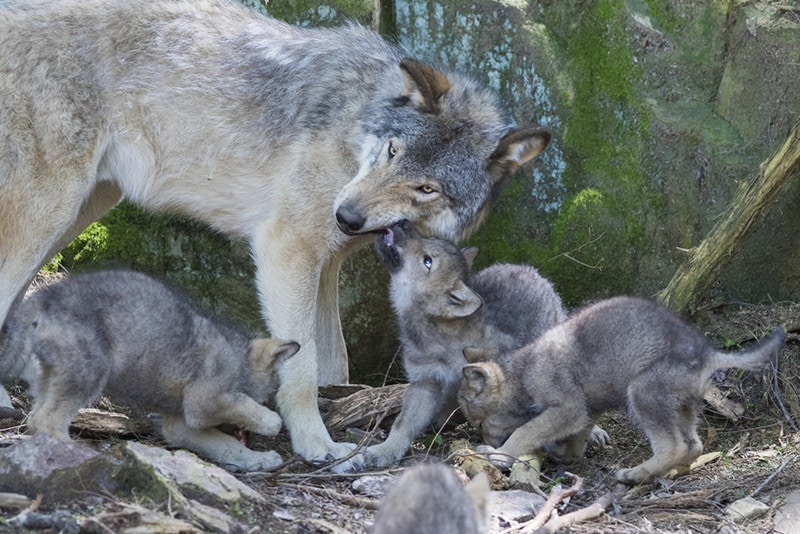
What Are the Different Growth Stages for Wolf Pups?
As mentioned, healthy wolves can live for 12 years, but most don’t make it that far. Here’s a brief breakdown of the growth stages for wolf pups
Neonatal Stage (0 to 2 Weeks)
The pups are born blind and deaf with round faces and pugged noses but a strong sense of touch. Their movement is limited at this stage, and they can only crawl to feed on their mother’s milk. The pups suckle four to five times daily for five minutes each time. Nourishment from the pup’s mother stimulates rapid growth in newly born pups. Females gain 2.5 pounds, while males gain 3.3 pounds weekly within the first 14 weeks.

Transitional Period (2 to 4 Weeks)
The opening of the pup’s eyes at about 15 days marks the beginning of the transitional period. The eyes can see but not clearly enough, and the incisors grow. Pups can feed on regurgitated food from their mother at this stage. They also begin to vocalize, walk, and play slightly during this period.
Socialization Period (3 to 11 Weeks)
As the name suggests, wolf pups socialize more during this state. Their ears begin to perk up, improving their hearing. The canines and premolars start to grow, and they start to wander a short distance from their dens. However, their heads and feet will be significantly larger than the rest of their bodies.
At this stage, the mother can leave the den to hunt for hours to get food for the litter. They also begin to fight and show signs of dominance as the weaning phase ends. Curious and adventurous pups will sometimes follow their mother on her escapades.
Juvenile Period (8 to 16 Weeks)
Pups are the human equivalent of adolescents at this stage. They’ll establish their play site, leave their mother’s den, stop weaning, and instead eat the food their mother provides. The puppies will also become their mother’s apprentices in the hunting ground and follow her lead. They’ll return to the den or play site by themselves once the hunting concludes.
Physically, their eyes change from blue to golden yellow, and their adult hair will also become visible. With proper feeding, the pups should weigh between 22 and 30 pounds.
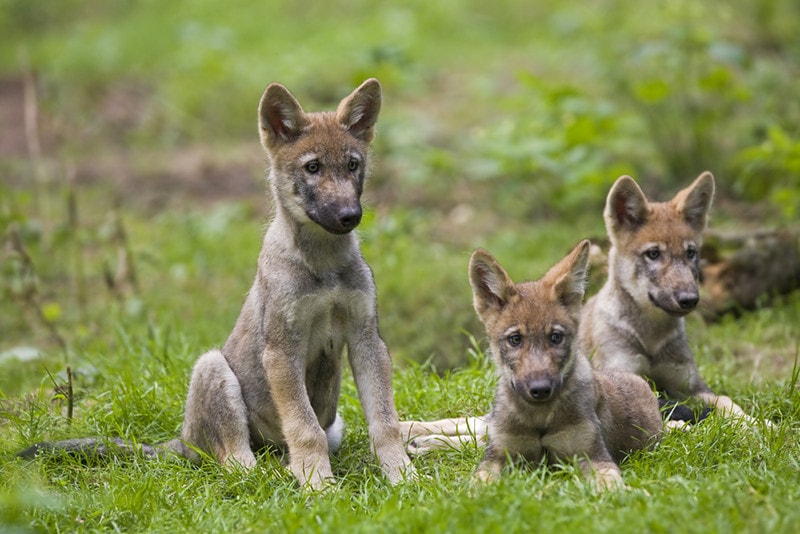
Rapid Growth Period (14 to 27 Weeks)
Wolf pups will experience their growth spurt during this period. The puppies will also lose their milk teeth and replace them with stronger, sharper adult teeth. They’ll also help adults in the pack hunt prey to feed on.
As the name implies, wolf puppies also experience their fastest growth during this period, gaining about 1.3 pounds weekly. Their winter fur also grows, so the only thing setting them apart from adults is their size.
Slow Growth Period (27 to 51 Weeks)
Growth continues after the 27th week but at a much slower rate. Males gain about 0.7 pounds weekly, while females gain 0.4 in the same period. The slow growth period ushers the pups into adulthood. They join the rest of the pack in traveling and hunting for food.
Sexual Maturity Stage (1 to 3 Years)
Pups start to exhibit dominant or submissive behavior to determine their social hierarchy in the pack. The growth plate also closes off, signaling the end of physical growth. The wolves can now reproduce and start their packs or join existing ones.

Do Wolves Eat Their Pups?
It’s common practice for animals to kill and eat some of their babies. As grotesque as it may sound, this practice benefits the mother and the rest of the litter. Animals kill healthy or deformed babies to get enough energy and nutrients to nourish the rest of their offspring.
Wolves rarely eat their pups, but it’s not impossible for them to do so. They only eat their babies when an extreme lack of food or external factors threaten the pup’s survival. They’re very social and affectionate animals that never like to harm one of their own.

 Final Thoughts
Final Thoughts
Wolves are extraordinary creatures that should be left to reproduce and thrive in the wild. Owning a wolf in the US is illegal, but this shouldn’t stop you from appreciating their majesty and splendor. Unfortunately, the wolf population has declined due to rapid deforestation and rampant hunting. Play your part in conserving the wolf population by raising awareness of the plight of the declining wolf population and heavily campaigning against wolf hunting.
Featured Image Credit: A.von Dueren, Shutterstock



